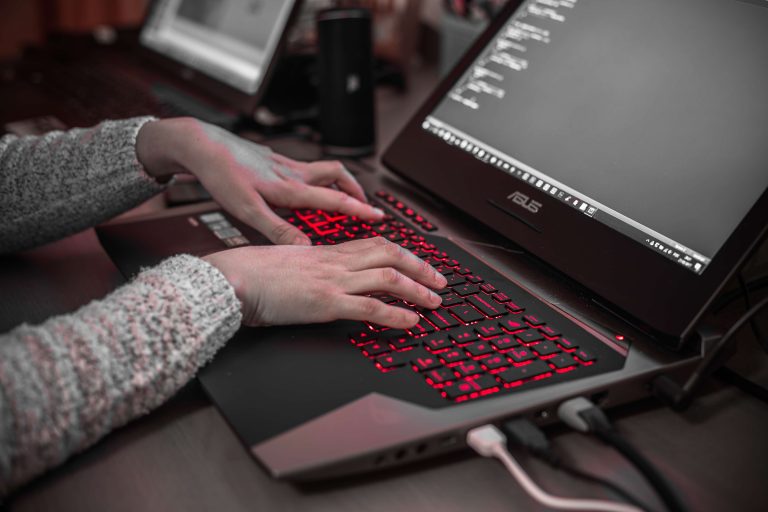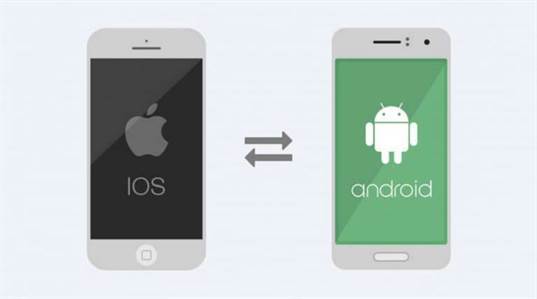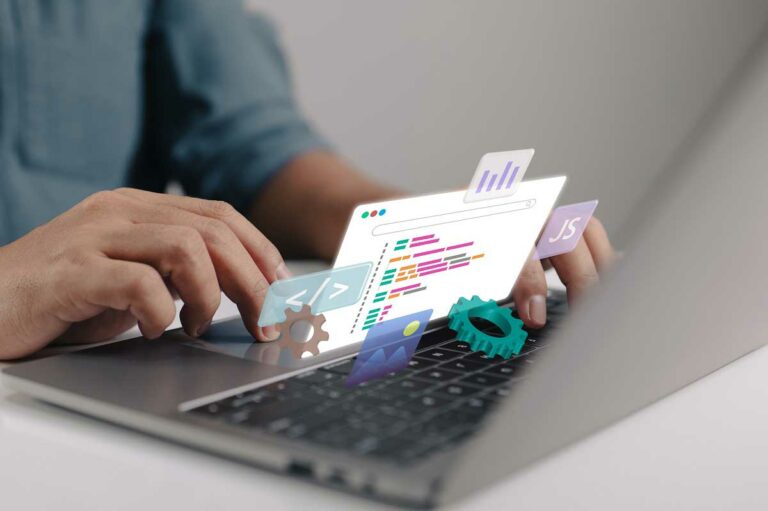Content
It can also help stakeholders better understand the product’s functionality and design, leading to more informed decision-making. Marvel lets you go beyond static mockups and offers interactivity, dynamic transitions, and gestures to bring prototypes to life and give a real user experience to anyone testing them out. Another nice addition is the handoff tool that gives developers all of the code and assets in their most current iteration to dive in and create a live website, automatically. Streamlined presentation — This can mean exporting to PDF, a built-in presentation mode, or exporting to a web or mobile app for a real prototype experience.
You can and should also take advantage of features like Apple’s haptic touch. By doing this, you’re ensuring that your app is providing a recognizable experience to Apple and Android users, something that always scores usability and UX points. For a great user experience, you should also leverage the platform’s other native features, such as native dropdown lists and menus. Justinmind’s downloadable UI kits also include elements and components with these features, as well as the typical icons that agree with the respective platforms’ design systems. When it comes to prototyping a mobile app for a native mobile platform, you’ll need to make sure that you design it in accordance with the iOS’s design specifications.
Prototyping forms
Interestingly enough, Google Ventures mentioned Keynote as a secret weaponfor their ‘design sprint’ initiative. But the goal of doing a prototype after a wireframe is to ensure that we can continue to plan the website’s development. Too many times I’ve been asked to move certain parts of a website up and down the grouping. By grouping all your components into sections, you will make it much easier on yourself during the prototype phase of the design work.

You can create several sheets of paper that represent the different screens. In this guide, you’ll learn what a prototype is, the benefits, the different types, how to make one and what you should look for in a prototyping tool. Having a prototype is common sense and a normal, everyday process within product design and development. This is important to gain the long-term support of backers and nurture the atmosphere of trust on the website. Whether you decide to do only wireframes or prepare a final prototype, the next step would be to present a prototype to stakeholders and users for feedback. For this, you will need to meet with them on- or offline and have them operate the prototype.
How to choose the right prototyping methods?
You’ll likely be engaging with different prototyping formats throughout the product lifecycle. In-product experiments testing is for smaller-scale testing of existing products and idea validation through in-app messaging. You’re looking to hone in on a specific capability, and gather as much feedback as possible.
- Once the prototype is built, you can download it and test it on real devices to check screen compatibility more realistically.
- Is a flexible yet powerful prototyping tool praised among the design community for its easy-to-use interface and almost non-existent learning curve.
- Making it real – Before any prototypes are built, the product is completely conceptual!
- If the product already exists and the project is for improvements or a redesign, it’s possible that some requirements exist in consideration of current user behavior with the product.
- The goal, then, in the Prototype is to build this visually, but without adding color or images.
- Having a prototype is common sense and a normal, everyday process within product design and development.
Low-fidelity prototypes represent a simple and incomplete version of the final product. In a low-fidelity prototype, not all visual features and content elements are conveyed. By testing out ideas and concepts early in the development process, designers and developers can identify and fix any problems before they become major. This can reduce the risk of errors in the final product, leading to a smoother and more successful development process. Prototyping allows designers to experiment with different layouts and design elements and test the user experience and flow of the website before committing to any design.
What is prototyping?
Collaboration between designers and developers is typically smoother. And since you get feedback from actual end users, you are able to validate what will work and what will not. Teams collaborate to develop lots of ideas, sketching wireframes on paper and creating user flows before committing to digital. Here, UX teams will use common brainstorming methods like crazy prototype a website eights or asking “how might we” questions to get into an end-user mindset. Realistic interactions — Testing with high-fidelity digital prototypes lets UX teams see how users interact with the final product, thus effectively iron out any usability issues. Considering these advantages and disadvantages, we recommend paper prototyping only during early-stage design.

For liquid layouts, you can set events for your prototype’s content on the screen to shift and reposition when the browser’s pixel dimensions are resized. In tools like Justinmind, you can set events to make this happen automatically so that the content on the screen of your prototype is rearranged accordingly using breakpoints. Once you’ve spoken to the client, nailed down some user research and devised your product requirements, you’re ready to start creating a lo-fi prototype. On top of that, prototyping is also a great way to demonstrate your app or website’s functionality to clients and stakeholders. By presenting them with a prototype, you’re saving hours of long meetings, extensive technical documents and misunderstandings. They provide an extensive list of benefits to product development teams, clients and users.
LogRocket: Debug JavaScript errors more easily by understanding the context
A paper prototype is very useful if you want to give a quick overview or flesh out some concepts with the client. Prototypes help https://globalcloudteam.com/ you communicate the look and feel of a design solution. However, a prototype should not be looked at a post-production product.

Because scaling up a design is always less complex than the other way round. For these reasons, we should always try and include real content in our prototypes. Make sure the color combinations you use provide good accessibility and usability, while also accentuating your brand.
Prototyping leads to a better design process
If the tester struggles to find the button they’re supposed to click, just ask them where they would have expected it to be. If you come up with multiple ideas or different concepts you want to test with your target audience, you can use the Card Sort Template from WRKSHP Tools to prioritize what to work on first. There are different ways to go about designing prototypes and when it comes to choosing one, there’s no size that fits all. You need to find the method that works best for your situation or company. A product manager’s role is the glue that holds all the other important roles together.
